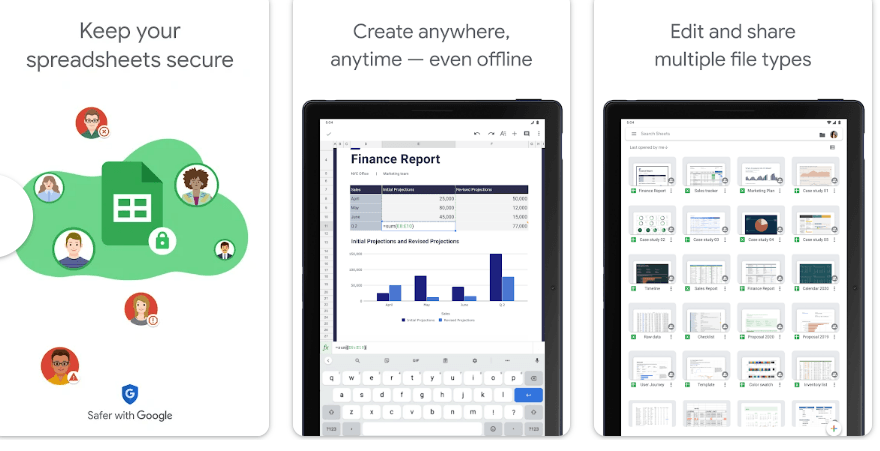It may take a bit more time for ether to emerge from bitcoin’s shadow. Investors are cautious and divided as they anticipate the U.S. launch of exchange-traded funds (ETFs) tied to ether’s spot price on Tuesday, contrasting with the excitement that preceded the arrival of bitcoin ETFs.
“This will be less significant than people expect,” said Nathan Gauvin, CEO of asset manager Gray Digital and the $2 billion hedge fund Blackridge Investment Management.
Trading in the ETFs, issued by nine asset managers including BlackRock (BLK.N), VanEck, and Franklin Templeton (BEN.N), will begin on U.S. platforms six months after the debut of bitcoin ETFs in January.
The consensus forecast suggests ether ETFs will attract about 25% of bitcoin’s flows, though Steven McClurg, head of U.S. asset management at CoinShares, estimated it at just 10%.
A major concern for some investors is the SEC’s exclusion of the “staking” mechanism, a key feature of the Ethereum blockchain that releases ether, the world’s second-largest cryptocurrency after bitcoin.
Staking allows Ethereum users to earn rewards by locking up their ether to help secure the network. The rewards or yield come in the form of newly minted ether tokens and parts of network transaction fees.
As of July 22, the annual percentage yield on staking Ethereum was around 3.12%, according to StakingRewards.com. Staking is appealing because it enhances returns.
The SEC views staking in exchange for tokens as an investment contract, requiring disclosures and safeguards under U.S. securities laws.
McClurg believes investors will continue to stake ether outside an ETF to earn a yield rather than paying fees and holding it in an ETF.
Gray Digital’s Gauvin thinks staking will eventually be included in the ETF, possibly next year. “But this is a midpoint to get there.” The firm is also not participating in this launch but will watch it closely.













